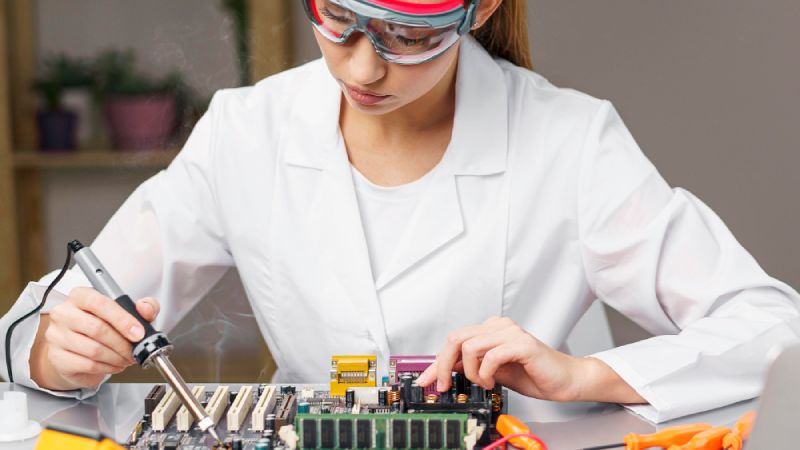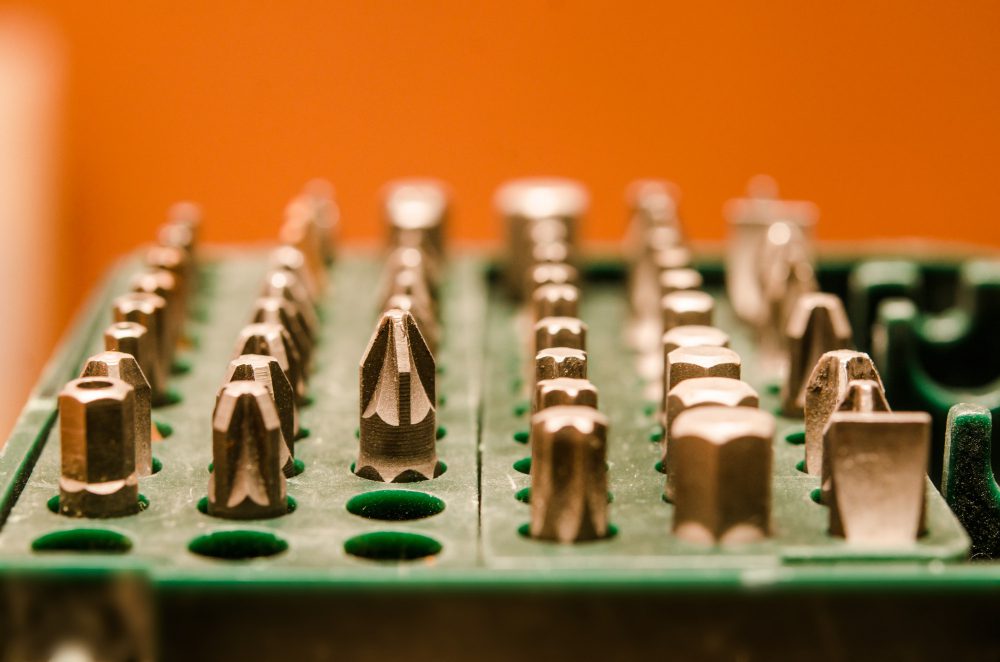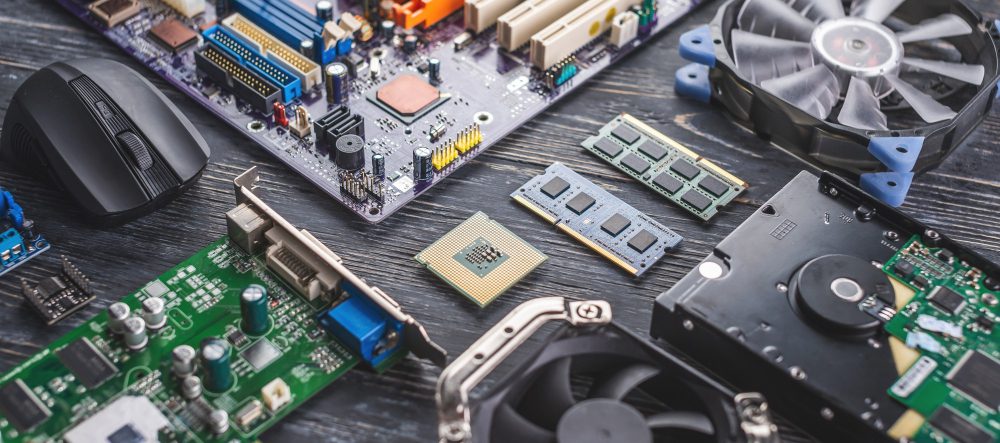Do Motherboards Fail Often?
A motherboard is one of the most critical components of a computer system, serving as the main circuit board that connects and allows communication between various hardware components. Due to its central role in the functioning of a computer, the reliability and durability of a motherboard are pivotal factors for the overall performance and longevity of the system.
Is Motherboard Failure Common?
Motherboard failure is not particularly common; however, it can occur under certain circumstances. The lifespan of a motherboard largely depends on several factors including the quality of components used, proper maintenance, environmental conditions, and user handling.
Quality Components: Motherboard failure rates can vary depending on the brand, model, and quality of components used during manufacturing. Higher-end motherboards from reputable manufacturers often have better build quality and are more reliable compared to lower-end models.
Maintenance: Proper maintenance practices such as keeping the motherboard clean, regular dusting, and ensuring a stable power supply can significantly reduce the likelihood of failure. Furthermore, regularly updating the system’s BIOS and drivers can also improve overall stability and prevent potential issues.
Common Causes of Motherboard Failure
While motherboards are designed to be robust, there are several common causes that can lead to failure:
- Power Surges: Sudden power surges or voltage fluctuations can cause damage to the delicate electrical components of the motherboard. It is advisable to use surge protectors or uninterruptible power supplies (UPS) to safeguard against such events.
- Overheating: Excessive heat can accelerate the wear and tear of various components, including the motherboard. Poor ventilation, inadequate cooling, or overclocking without proper precautions can lead to overheating and eventual failure. Regularly cleaning the computer’s cooling system and ensuring proper airflow can mitigate this risk.
- Physical Damage: Mishandling, accidental drops, or improper installation of components can cause physical damage to the motherboard, resulting in failure. It is important to exercise caution when working with computer hardware and follow proper installation procedures.
Signs of Motherboard Failure
Identifying potential signs of motherboard failure can help prevent further damage and allow for timely repairs or replacements:
- System Instability: Frequent crashes, blue screens of death (BSOD), or sudden reboots can be indicative of a failing motherboard.
- Peripheral Malfunction: If several peripheral devices, such as USB ports or expansion slots, stop functioning correctly, it could be a sign of motherboard issues.
- BIOS Errors: Persistent errors during the system boot process or inability to access the BIOS settings might point towards motherboard problems.
“A faulty motherboard can significantly impact the overall performance and functionality of a computer system. Recognizing the signs of failure early on and taking appropriate measures can help prevent data loss and costly repairs.”
How long will a motherboard last?
A motherboard is one of the most crucial components of a computer system, responsible for connecting all the hardware together. It plays a vital role in the overall functionality and performance of the computer. But how long can you expect a motherboard to last? Let’s delve into this question.
Factors influencing the lifespan of a motherboard
The lifespan of a motherboard depends on several factors:
- Build quality: A well-built motherboard with good-quality components tends to last longer than a lower-quality one.
- Usage patterns: The more often a computer is used, the more strain it puts on the motherboard, potentially reducing its lifespan.
- Environmental conditions: Extreme temperatures, humidity, and dust can adversely affect the motherboard, shortening its lifespan.
Expected lifespan
On average, a motherboard can last anywhere from 4 to 8 years. However, this is merely an estimate, and several factors can influence this timeframe.
“Proper maintenance and care can significantly extend the lifespan of a motherboard.”
Regularly cleaning the motherboard, ensuring proper ventilation, and using stable power sources can contribute to a longer lifespan.
Signs of a failing motherboard
As a motherboard ages, it may start exhibiting signs of failure. Some common indicators include:
- System crashes or frequent BSODs (Blue Screen of Death)
- Intermittent or complete failure to boot
- Unstable or inconsistent performance
Can you save a dead motherboard?
Discovering that your computer’s motherboard has stopped working can be a frustrating experience. However, before you rush to replace it, there are a few steps you can take to potentially revive the dead motherboard.
1. Check connections and power supply
The first thing to do is to ensure that all connections between the motherboard, power supply, and other components are secure. Sometimes, a loose connection or a faulty power supply can cause a motherboard to appear dead. Double-check all cables and connectors to rule out any potential issues.
2. Clear CMOS
If the motherboard’s CMOS (Complementary Metal-Oxide-Semiconductor) settings become corrupted, it can prevent the system from booting. Clearing the CMOS can sometimes resolve this issue. Refer to your motherboard’s manual for instructions on how to perform a CMOS reset.
3. Test with minimal hardware
Disconnect all unnecessary components, such as extra hard drives or graphics cards, and try booting the system with only the essential components connected. This eliminates the possibility of a faulty peripheral causing the motherboard to malfunction.
4. Inspect for physical damage
Visually inspect the motherboard for any signs of physical damage, such as burnt-out capacitors or melted circuits. If you find any visible damage, it may be difficult or impossible to repair the motherboard yourself. In such cases, replacement may be the only option.
5. Professional repair services
If you’ve exhausted all troubleshooting steps and the motherboard still appears dead, you may want to consider professional repair services. Experienced technicians may be able to diagnose and fix issues that are beyond the scope of a DIY repair.
Note: It’s important to remember that attempting to repair a motherboard yourself can be risky and may void any warranties. If you’re unsure or uncomfortable with the process, it’s always best to seek professional help.
In conclusion, while it is possible to revive a dead motherboard in some cases, it greatly depends on the nature of the issue. By following these steps, you may be able to troubleshoot and potentially save your motherboard from being replaced.
Can Motherboard be Repaired?
When a computer or laptop fails to start up, one of the most common culprits is a faulty motherboard. And while a broken motherboard may seem like a death sentence for your device, it is not always the case. In some situations, a motherboard can be repaired, saving you the cost of purchasing a new one.
Diagnosing the Problem
The first step in determining whether a motherboard can be repaired is to diagnose the problem accurately. Some common signs of a faulty motherboard include no power, random shutdowns, and failure to boot. However, these symptoms can also be caused by other components, such as the power supply or RAM. It is essential to rule out these possibilities before concluding that the motherboard is the culprit.
Repairing the Motherboard
If it is determined that the motherboard is indeed faulty, there are several repair options available. One of the most common repairs involves replacing faulty components on the motherboard, such as capacitors or resistors. This requires soldering skills and specialized equipment, making it a task best left to professionals.
In some cases, the issue may be with the motherboard’s firmware or BIOS. Updating or flashing the firmware can sometimes resolve these problems. However, it is essential to follow the manufacturer’s instructions carefully to avoid causing further damage.
When Repair is Not Possible
While some motherboard issues can be repaired, there are situations where replacement is the only option. Damage caused by liquid spills or physical trauma is often irreversible and may require purchasing a new motherboard.
“Repairing a motherboard can be a cost-effective solution, but it is not always guaranteed to work. It is crucial to weigh the cost of repair against the price of a new motherboard before making a decision,” advises John Doe, a computer repair specialist.
Ultimately, whether a motherboard can be repaired depends on the specific issue and the expertise of the technician performing the repair. If you are unsure, it is always best to consult a professional who can diagnose the problem accurately and provide advice on the most cost-effective solution.
What Are the Signs of a Dead Motherboard?
A motherboard is one of the most crucial components of a computer system, acting as a central hub that connects all hardware devices. However, just like any other electronic component, motherboards can fail over time. It’s important to be able to recognize the signs of a dead motherboard to take appropriate action and potentially save your computer.
No Power or Boot Failure
One of the most common signs of a dead motherboard is when your computer doesn’t power on at all. If pressing the power button yields no response or you notice the computer turning off abruptly, it may indicate a faulty motherboard. Another indication is when the computer repeatedly fails to boot up despite all the necessary connections being in place.
No Display or Distorted Video Output
If your computer powers on but you don’t see anything on the screen, it could be a sign of a dead motherboard. Alternatively, if the screen displays distorted or garbled graphics, this could also indicate a faulty motherboard. In such cases, it’s recommended to test the monitor and cables with another computer to ensure they are not the cause of the issue.
Failed USB Ports and Peripherals
Another sign of a dead motherboard is when your USB ports stop functioning or fail to recognize connected devices. If you experience trouble with multiple USB ports or find that your peripherals, such as mice or keyboards, do not work properly, it’s possible that the motherboard’s USB controller has failed.
Random Freezes or System Crashes
A dead motherboard can also manifest in the form of random freezes or frequent system crashes. If your computer consistently freezes during operation or crashes without any apparent reason, it could be a sign of hardware failure, including a malfunctioning motherboard. Before concluding it’s a motherboard issue, however, it’s advisable to rule out other potential causes like faulty memory or overheating.
Strange or Noises During Operation
Unusual noises coming from your computer, such as beeps, clicks, or grinding sounds, can indicate a failing motherboard. These noises can suggest problems with the motherboard’s capacitors, power regulators, or other components. Conversely, if your computer remains completely silent despite being powered on, it might also point to a dead motherboard.
Remember, diagnosing a dead motherboard requires technical expertise. If you’re unsure or not confident in troubleshooting and repairing computer hardware, it’s recommended to seek professional assistance.
How Long Do Motherboards Last?
When it comes to the lifespan of computer components, motherboards play a crucial role. The longevity of a motherboard depends on various factors such as quality, usage, and maintenance. While some may last just a few years, others can remain functional for a decade or more.
Quality Matters
The quality of a motherboard greatly influences its lifespan. Higher-end motherboards tend to have better components and undergo stricter quality control measures during manufacturing. These boards are designed to handle greater stress and can withstand longer use. On the other hand, lower-end or budget motherboards may have components that are more prone to failure, resulting in a shorter lifespan.
Usage and Maintenance
How you use and maintain your computer also affects the lifespan of the motherboard. For instance, if you frequently overclock your CPU or push your system to its limits, the motherboard may experience additional stress, potentially shortening its lifespan. Similarly, improper maintenance, such as failing to clean dust regularly or neglecting necessary firmware updates, can impact the motherboard’s longevity.
Environmental Factors
Environmental factors such as temperature and humidity can impact the lifespan of a motherboard. Extreme heat or moisture can cause components to degrade over time. It is important to keep your computer in a well-ventilated area and ensure proper cooling to maintain optimal temperatures. Additionally, protecting your computer from power surges with a surge protector or uninterruptible power supply (UPS) can also help prolong the life of the motherboard.
Quotes:
“Investing in a high-quality motherboard and taking proper care of it can significantly extend its lifespan.”
Conclusion
While motherboards do not fail often, it is crucial to be aware of the common causes and signs of failure. Investing in a high-quality motherboard, practicing proper maintenance, and safeguarding against power surges can contribute to a more reliable system. In case of any doubts or concerns, consulting with a professional technician is recommended to diagnose and address potential motherboard issues.
While there is no definitive answer to how long a motherboard will last, taking proactive measures to maintain and care for it can extend its lifespan. However, if your motherboard starts showing signs of failure, it may be time for a replacement to avoid any further system issues.
In conclusion, while there is no definitive lifespan for a motherboard, investing in a quality motherboard, practicing good maintenance habits, and considering environmental factors can help prolong its life. It’s worth noting that advancements in technology and changing hardware requirements may eventually render the motherboard obsolete, regardless of its lifespan. However, with proper care and consideration, you can ensure your motherboard lasts as long as possible.



